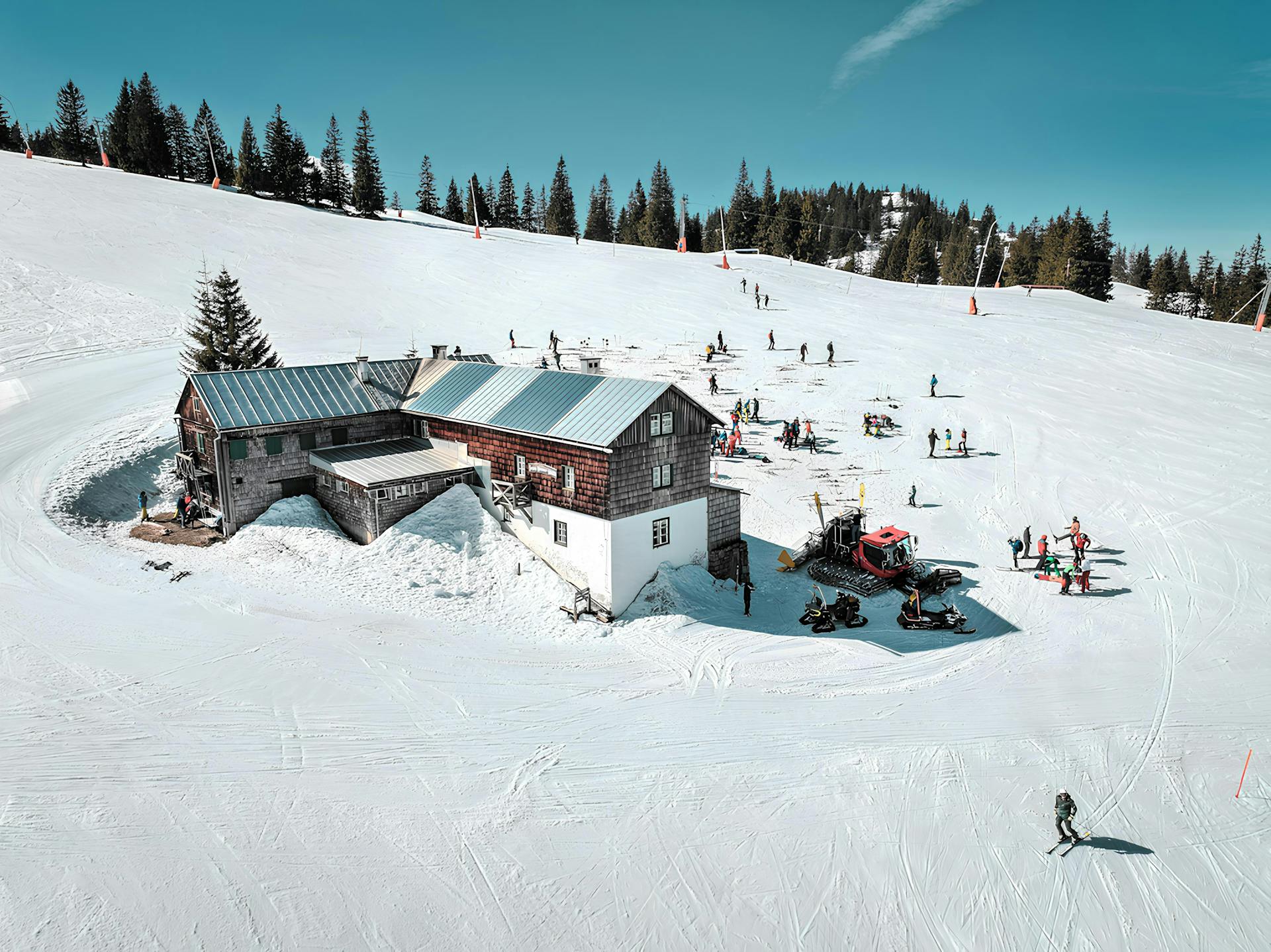Winter is a magical time to explore the great outdoors, but it’s also a season that demands careful preparation. The right clothing can make all the difference between a comfortable and enjoyable experience or a miserable one. In this comprehensive guide, we’ll delve into the art of layering for winter adventures, ensuring you stay warm, dry, and comfortable, no matter the weather.
The Foundation: The Base Layer
The base layer is your first line of defense against the elements. It’s the layer closest to your skin, and its primary function is to wick moisture away.1 This keeps you dry, which is crucial for preventing chills and maintaining warmth.2
Materials: Synthetic fabrics like polyester and polypropylene are ideal for base layers.3 Merino wool is another excellent option, as it’s naturally moisture-wicking and odor-resistant.4
Key Features:
- Breathable: Allows sweat to escape, preventing it from accumulating on your skin.5
- Soft and comfortable: Ensures a snug fit without irritation.6
- Seamless: Reduces chafing and discomfort.7
Popular Options:
- Long-sleeved base layer shirts and tops
- Base layer leggings or tights
Mid-Layer: The Insulation
The mid-layer is responsible for providing warmth and insulation.8 It sits between your base layer and outer layer, trapping heat close to your body.9
Materials:
- Fleece: Lightweight, breathable, and offers excellent warmth-to-weight ratio.10
- Wool: Soft, warm, and naturally insulating.
- Synthetic insulation: Similar to fleece but often more durable and water-resistant.
- Down: Ultra-warm and lightweight, but not suitable for wet conditions.
Key Features:
- Loft: The ability to trap air and provide insulation.
- Warmth-to-weight ratio: How much warmth the material provides relative to its weight.
- Breathability: Allows excess moisture to escape.
Popular Options:
- Fleece jackets
- Wool sweaters
- Puffy jackets (down or synthetic)
Outer Layer: The Shield
The outer layer is your final line of defense against the elements. It protects you from wind, rain, and snow, keeping you dry and comfortable.
Materials:
- Waterproof and breathable fabrics: These fabrics allow moisture vapor to escape while preventing water from entering.11 Popular options include Gore-Tex, Polartec Neoshell, and eVent.
Key Features:
- Waterproof: Resists rain and snow.
- Windproof: Blocks wind and chills.12
- Breathable: Allows moisture vapor to escape, preventing you from overheating.13
- Durable: Resists wear and tear from outdoor activities.
Popular Options:
- Hard shell jackets
- Soft shell jackets
- Rain pants
Additional Considerations:
- Headwear: A warm hat is essential to prevent heat loss from your head.14 Choose a hat that fits snugly and covers your ears.
- Neckwear: A scarf or neck gaiter can provide extra warmth and protection for your neck.15
- Gloves/Mittens: Choose insulated gloves or mittens for warmth and dexterity. Consider waterproof options for wet conditions.
- Socks: Wear wool or synthetic socks that wick moisture and provide warmth.16
- Footwear: Waterproof, insulated boots with good traction are essential for winter activities.
Layering Tips:
- Start with the base layer: This ensures a dry and comfortable foundation.
- Add mid-layers as needed: Depending on the temperature and activity level, you may need one or two mid-layers.
- Choose an outer layer that’s appropriate for the weather conditions.
- Adjust layers as needed: As your activity level changes, you may need to remove or add layers to regulate your temperature.
- Don’t forget about your extremities: Pay attention to your hands, feet, head, and neck, as they are prone to heat loss.
Additional Tips:
- Choose clothing that is both functional and stylish.
- Look for clothing that is labeled as windproof, waterproof, or breathable.
- Check the weather forecast before heading out and dress accordingly.
- Pack extra layers in case the weather changes.
- Take breaks indoors to warm up and recharge.
- Most importantly, have fun and enjoy the winter wonderland!
By following these tips and choosing the right clothing, you can ensure that your winter adventures are comfortable, enjoyable, and memorable.
Remember: The key to staying warm and comfortable in winter is to layer properly and choose clothing that is both functional and stylish. With the right preparation, you can embrace the winter weather and create lasting memories.















Leave a Reply
View Comments